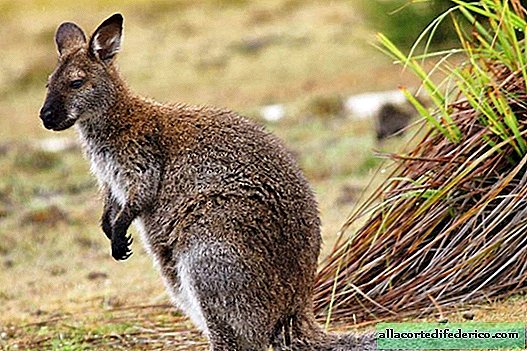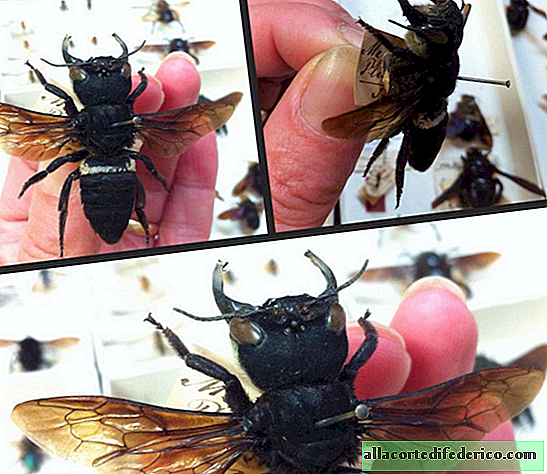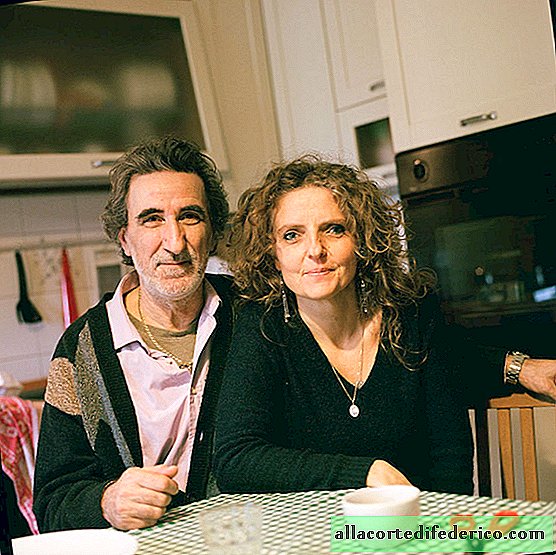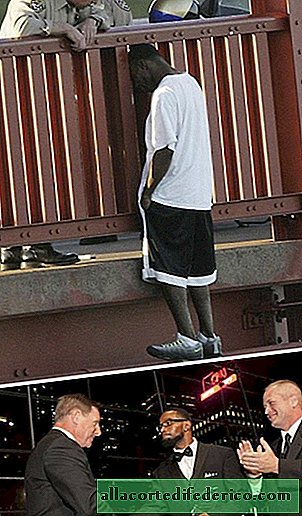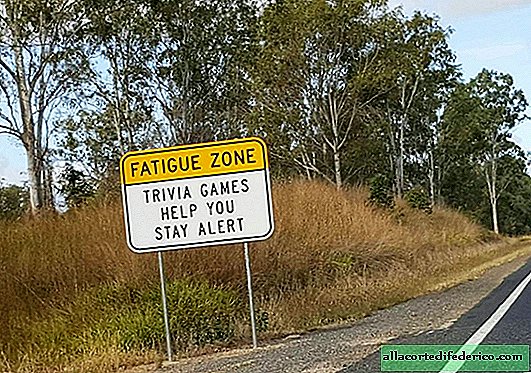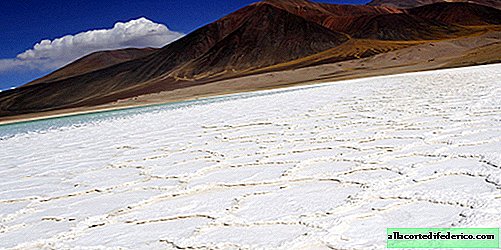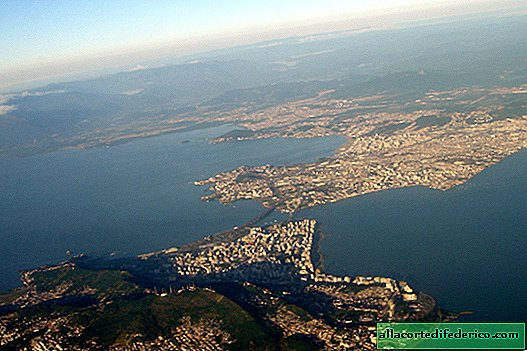Scientists reconstructed the structure of the body and the appearance of Denisov’s by analyzing his DNA
Since the remains of a previously unknown species of ancient man were discovered in the Denisova Cave in Altai, this place has always been the focus of attention of all the leading anthropologists of the world. Work in this cave is ongoing, but so far only small fragments of the skeleton of Denisovts have been found, to which was added a find from a cave in Tibet. But even with such scarce material, scientists were able to reconstruct the appearance of Denisov’s and recently introduced him to the world. How did they manage to do this?
Anthropologists had at their disposal fragments of limbs, several teeth and skull bones found in the Denisova Cave in the foothills of Altai. In addition, not so long ago, scientists found out that Denisovans lived not only within Altai, but also in Tibet. It was there, in Baishya cave, back in the 80s, a jaw was discovered, which was later identified as a Denisov jaw.
Based on the available material, scientists set about deciphering the Denisovans' DNA. Each gene determines the development of a particular trait in the body. Therefore, by deciphering the DNA of this species, scientists were able to say how long its bones were, what sizes and what shape the head was, and they also recorded other structural features of the body of an ancient person. Denisovans are traditionally compared with modern people and Neanderthals, as one of the closest species.
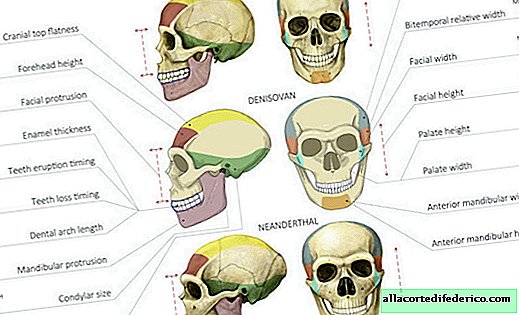 Comparison of the structure of the skull of modern people, Denisovans and Neanderthals (source //www.cell.com/cell/full...)
Comparison of the structure of the skull of modern people, Denisovans and Neanderthals (source //www.cell.com/cell/full...)Previously, scientists were able to determine that Denisovans had many unique features that were not characteristic of Neanderthals or our species, but at the same time there are a number of signs that unites all these species. Analysis of the genome showed that Denisovans had rather dark skin, and also had dark eyes and hair.
 Reconstruction of the face of a Denisov girl by Israeli scientists
Reconstruction of the face of a Denisov girl by Israeli scientistsAnother study was conducted by Israeli geneticists, who revealed new, previously unknown structural features of Denisov's. It turned out that the face of the inhabitants of the cave in Altai was somewhat wider compared to the modern look and even the Neanderthal man. At the same time, Denisov's jaws were longer than those of his closest relatives. A number of features, such as the powerful bones of the jaw and skull as a whole, as well as the wide hips, indicate a significant similarity with Neanderthals.
 Comparison of the structure of the skeleton of modern people, Denisovans and Neanderthals (source //www.cell.com/cell/full...)
Comparison of the structure of the skeleton of modern people, Denisovans and Neanderthals (source //www.cell.com/cell/full...)If you are confused in the family ties of ancient people and you can’t immediately tell who lived on our planet before, Australopithecus or Cro-Magnon, then we suggest refreshing the human genealogy.






